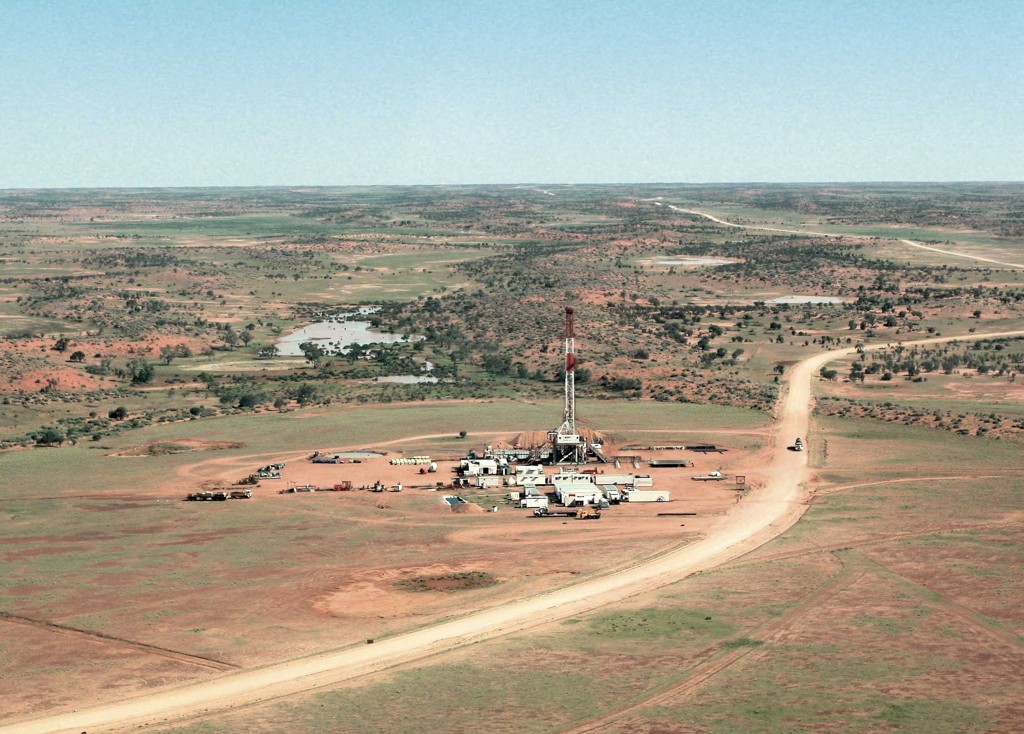Asteroid may be source for Cooper Basin geothermal resource
Australian researcher believes the impact of an asteroid to be the source for one of Australia's largest geothermal resources in the Cooper Basin, with results of a study to be presented at the upcoming Australian Geothermal Energy Conference.
A recent article from Australia reports that “a geothermal energy researcher named Dr. Tonguç Uysal believes he has discovered the source for one of Australia’s largest geothermal renewable energy sources. The site in question, called Cooper Basin, is now believed to have been formed well over 300 million years ago when a sizable asteroid struck a portion of the continent that is now the border between the regions of Queensland and South Australia. Dr. Uysal, who works at the University of Queensland’s Geothermal Energy Centre of Excellence, believes the asteroid in question is responsible for creating the second largest impact crater in Australia and a shock zone that would have been nearly eighty kilometers wide at the time of impact.
Dr. Uysal believes that the impact of the massive asteroid, or perhaps a cluster of asteroids, changed the earth in the surrounding area so drastically that is helped creating the renewable energy resource that is found there today. According to his findings, which were drawn from finding elements that would have been found on the falling asteroid within the area’s stone and soil layers, the impact of the asteroid would have boiled all of the water in the surrounding area and then transformed the minerals there into heat producing elements. As the site settled over the years those heat producing elements created a geothermal area that has become ideal for use in geothermal energy projects that Australia have been working on in recent years.
Cooper Basin is currently under review by the Australian government for use in a large scale geothermal energy project. According to the various studies undertaken in the area, the rocks that lie beneath the surface in that area are among the hottest in the world that are not located within an unreasonable distance of a volcano. Until the government can determine whether or not it would be financially viable and safe to undertake the project at Cooper Basin, however, the site is likely to remain only a prospective project area and an object of scientific interest.
Dr. Uysal and his colleagues will be presenting their findings relating to Cooper Basin and other areas at the Australian Geothermal Energy Conference in Adelaide, Australia later in November. Though the results of his research will not necessarily do anything for current geothermal projects, it does make it interesting to note just how such a unique area began.”
Source: Richard Cooke, Justmeans News Write via Environmental Indonesia


















